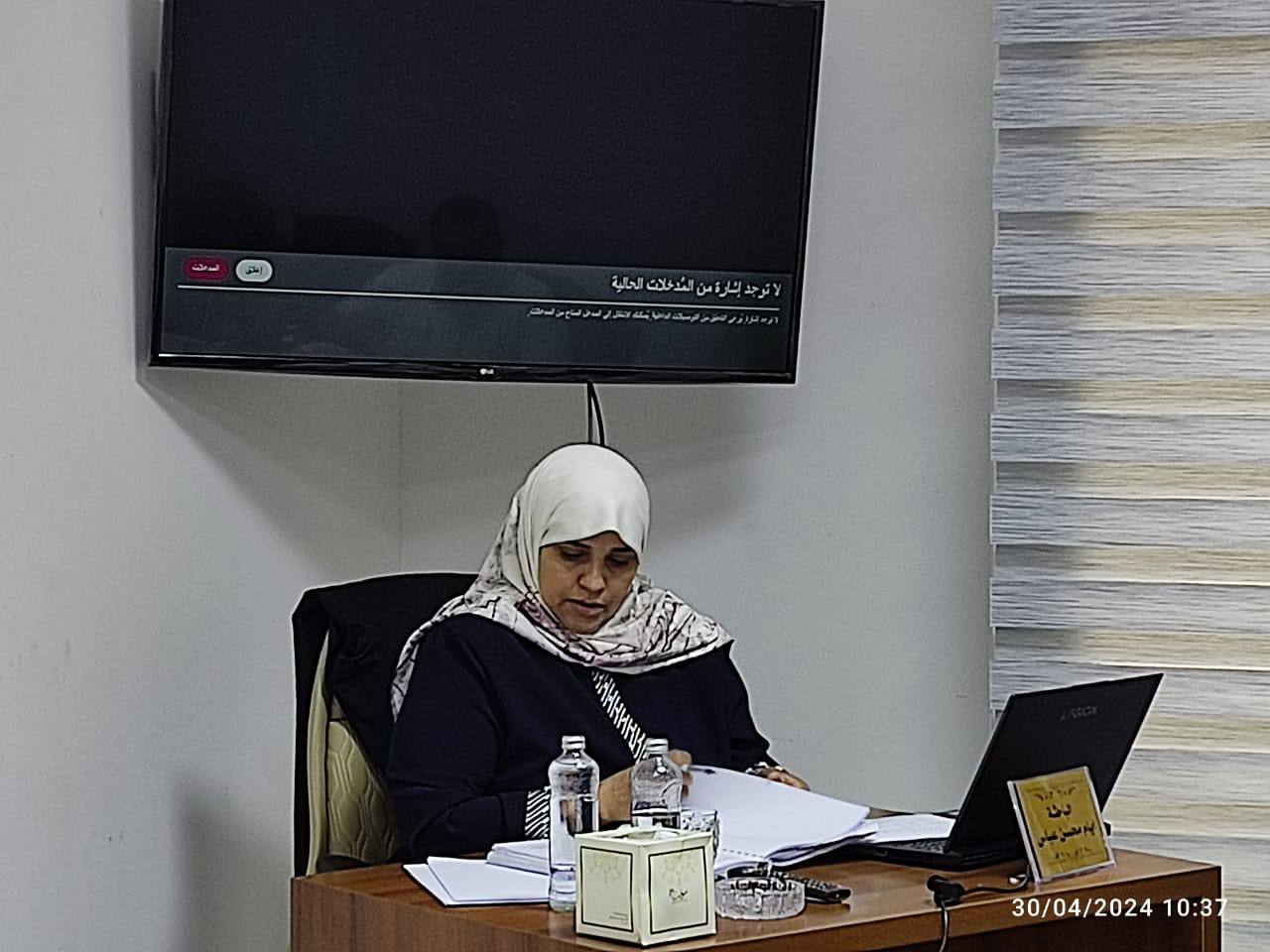Visitors: 28556926 Views
Done By: Laser & Optoelectronic Engineering Department
Post Date: 2024-04-30
Last Browse: 2025-09-14

At exactly ten o'clock in the morning on Tuesday, April 30, 2024, I went to the council hall of the Laser and Optoelectronics Engineering Department/College of Engineering/Al-Nahrain University to discuss the thesis of the doctoral student in the Laser and Optoelectronics Engineering Department (Ayyam Mohsen Abbas), which was titledmachine learning enhanced optical communication systems and networksabstractRecently, there has been increasing interest in applying machine learning (ML) approaches to enhance the performance of optical communication systems. This dissertation applies some of these approaches to design advanced wavelength-division multiplexed (WDM)-coherent optical fiber communication (OFC) systems assisted by different types of constellation shaping techniques. A comprehensive theoretical design and performance investigation are reported assuming end-to-end deep learning (E2EDL) autoencoder (AE)-based system configuration. This work is implemented using the Python programming language and utilizing the TensorFlow framework to develope the simulation models. The work encompasses three primary parts.
Part I presents a comprehensive simulation platform developed to assess the performance of E2EDL-based geometric constellation shaping (GCS) WDM- systems. The simulation uses a nonlinear interference noise (NLIN) fiber channel model, to characterize the multi-span link, and takes into account both linear and nonlinear fiber effects besides the amplified spontaneous emission generated by the inline optical amplifier. The DL parameters are optimized and the effects of various system parameters (such as modulation formats, number of WDM channels 𝑁𝑐ℎ, symbol rate 𝑅𝑠, and the number of link spans) on the maximum transmission reach and mutual information (MI) are studied comprehensively. Detailed consideration to estimate optimal channel launch power 𝑃𝐿 that yields minimum receiver bit error rate (BER) is also given. The work in this part is repeated in Part II for both probabilistic constellation shaping (PCS)-and joint GCS/PCS (JGPCS)-E2EDL WDM systems. The simulation results reveal that JGPCS exhibits an improvement
with MI gain of 0.17, 0.15, and 0.13, in comparison to GCS counterpart, when 𝑁𝑐ℎ= 32, 64, and 96, respectively for DP 64-QAM, 𝑅𝑠 = 40 Gbaud, and 𝑃𝐿 = -1 dBm.
Part III introduces a flexible artificial neural networks (ANNs)-based optical fiber channel modeling approach suitable for different multi-span transmission links in OFCs. This approach is applied to E2EDL-based GCS-WDM systems and the results reveal that using bi-directional gated recurrent unit (Bi-GRU)-neural network (NN) gives the best modeling that tracks the numerical NLIN model with much less computation time.
The discussion committee consisted of:
Mr. Dr. Malek Jassim / Al-Mustansiriya University - President
A.M.D. Anwar Abdel Sattar/ Al-Nahrain University - Member
A.M.D. Muhammad Fawzi / Al-Nahrain University - Member
A.M.D. Ammar Dawoud/ Al-Nahrain University - Member
A.M.D. Ali Adnan / Al-Nahrain University - Member
Mr. Dr. Raad Sami / Al-Nahrain University - Mishragha
The student received a very good grade